Home>Gardening & Outdoor>Landscaping Ideas>How To Repair Grass Lawn
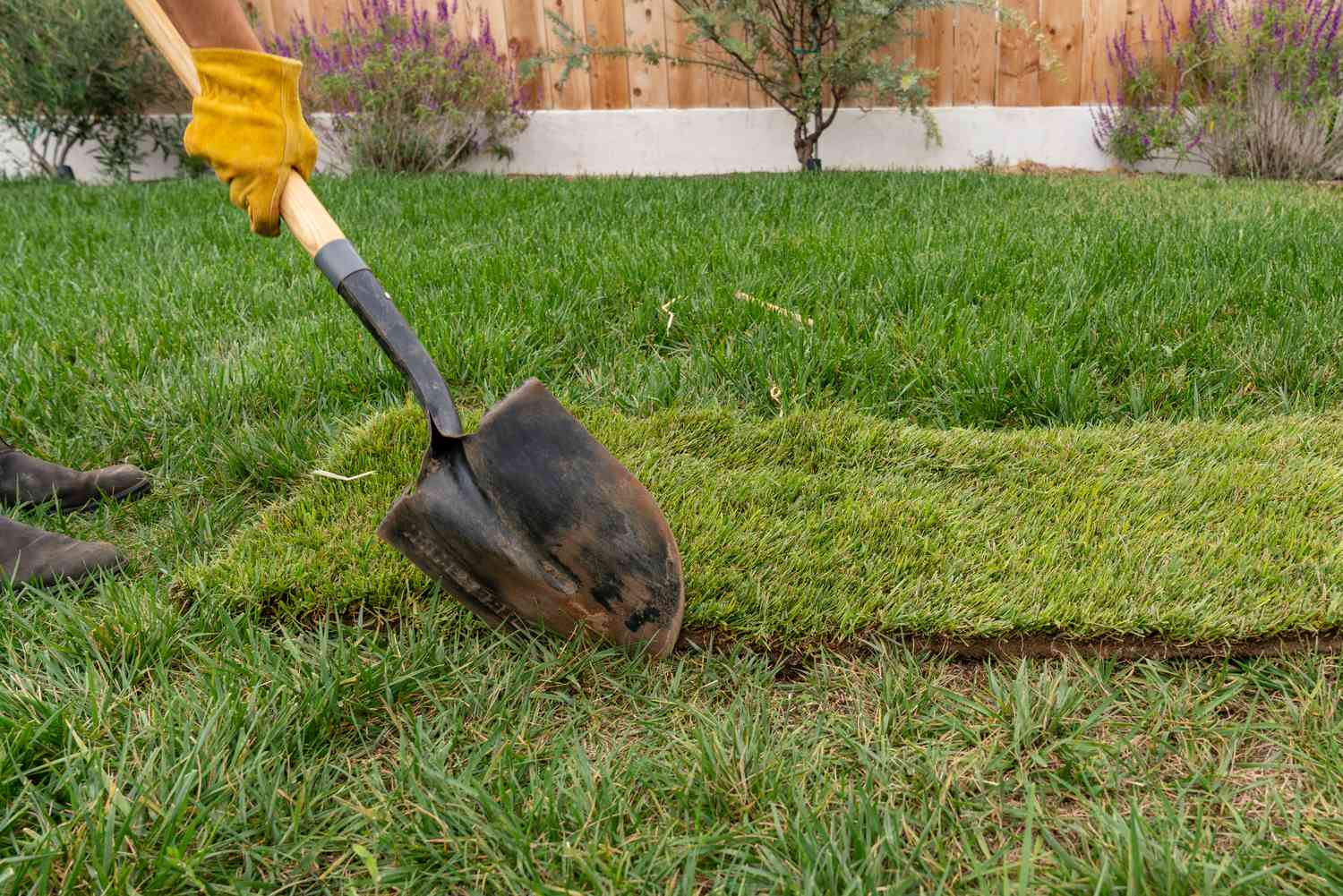

Landscaping Ideas
How To Repair Grass Lawn
Published: January 25, 2024
Learn effective landscaping ideas to repair your grass lawn and restore its lush green beauty. Discover step-by-step tips for achieving a healthy and vibrant yard.
(Many of the links in this article redirect to a specific reviewed product. Your purchase of these products through affiliate links helps to generate commission for Storables.com, at no extra cost. Learn more)
Introduction
Welcome to the ultimate guide on repairing your grass lawn! A lush, green lawn can be the pride of any homeowner, but maintaining its beauty and health can be a challenge, especially when faced with bare patches, thinning grass, or other forms of damage. Whether it’s due to heavy foot traffic, pet damage, lawn diseases, or adverse weather conditions, a damaged lawn can detract from the overall appeal of your property. However, fear not! With the right knowledge and a little bit of effort, you can restore your grass to its former glory and enjoy a vibrant, resilient lawn once again.
In this comprehensive guide, we will walk you through the process of assessing the damage, preparing the lawn, reseeding or sodding, and providing essential watering and maintenance tips. By the end of this journey, you’ll be equipped with the expertise to rejuvenate your lawn and create an inviting outdoor space for relaxation, play, and entertainment. Let’s dive in and embark on the rejuvenation of your grass lawn!
Key Takeaways:
- Assess the damage and prepare your lawn by clearing debris, aerating the soil, and addressing soil imbalances to create an optimal environment for new grass growth.
- Choose between reseeding or sodding to restore damaged areas, and provide consistent, attentive care through proper watering and ongoing maintenance practices to support the establishment and long-term health of your rejuvenated lawn.
Read more: How To Remove Lawn Grass
Assessing the Damage
Before diving into the repair process, it’s crucial to assess the extent and underlying causes of the damage to your grass lawn. By doing so, you can tailor your restoration efforts to address the specific issues at hand, ensuring long-lasting results. Here’s how to effectively assess the damage:
- Identify Problem Areas: Take a walk around your lawn and pinpoint the areas that require attention. Look for bare patches, thinning grass, compacted soil, or signs of disease or pest infestation.
- Consider Potential Causes: Evaluate the factors that may have contributed to the damage. Heavy foot traffic, pet urine, fungal infections, poor drainage, or inadequate sunlight can all take a toll on the health of your grass.
- Soil Examination: Test the soil to determine its pH level, compaction, and nutrient content. Healthy soil provides a solid foundation for vibrant grass growth, so understanding its condition is essential.
- Grass Type and Health: Identify the type of grass in your lawn and assess its overall health. Different grass species have varying resilience and maintenance requirements, so tailor your repair approach accordingly.
By thoroughly assessing the damage and its underlying causes, you can develop a targeted plan to restore your lawn’s health and beauty. This proactive approach sets the stage for successful repair and ensures that your efforts yield sustainable results.
Preparing the Lawn
Once you’ve assessed the damage and identified the underlying issues, it’s time to prepare your lawn for the rejuvenation process. Proper preparation sets the stage for successful repair and encourages optimal grass growth. Here are the essential steps to prepare your lawn for restoration:
- Clear Debris and Weeds: Begin by removing any debris, such as fallen leaves, twigs, or rocks, from the damaged areas. Additionally, eliminate any weeds that may be competing with the grass for nutrients and space.
- Aerate the Soil: Compacted soil can hinder grass growth and water absorption. Use a garden fork or aerator to loosen the soil, promoting better air circulation and root development.
- Overseed Thin Areas: If your lawn has patches of thin or sparse grass, consider overseeding these areas to promote denser growth. Choose high-quality grass seed that matches the existing turf for a seamless blend.
- Address Soil Imbalances: Based on the results of your soil test, amend the soil as needed. Adjust the pH level, add organic matter, or apply targeted fertilizers to create an optimal growing environment for your grass.
- Edge and Define Borders: Neatly edge the borders of your lawn to create clean, defined lines. This simple step enhances the overall appearance of your lawn and contributes to a polished, well-maintained look.
- Consider Sunlight and Irrigation: Evaluate the sunlight exposure and irrigation patterns in your lawn. Trim back overhanging branches or adjust sprinklers to ensure that the repaired areas receive adequate sunlight and water.
By diligently preparing your lawn for the repair process, you establish a favorable environment for new grass growth and address underlying issues that may have contributed to the damage. This proactive approach maximizes the effectiveness of the subsequent restoration steps and sets the stage for a resilient, healthy lawn.
Reseeding or Sodding
After assessing the damage and preparing the lawn, the next crucial step in the repair process is to address bare patches and thinning areas through reseeding or sodding. Both methods offer effective ways to restore the lushness and uniformity of your grass lawn. Let’s explore the details of each approach:
Reseeding:
Reseeding is a cost-effective and straightforward method to rejuvenate your lawn, especially when dealing with small to medium-sized damaged areas. Follow these steps for successful reseeding:
- Choose the Right Seed: Select high-quality grass seed that matches the existing turf in terms of species and characteristics. Consider factors such as sunlight exposure, climate, and soil type when making your selection.
- Prepare the Soil: Loosen the top layer of soil in the damaged areas and remove any debris or dead grass. Rake the soil to create a fine, level surface for optimal seed-to-soil contact.
- Evenly Distribute Seed: Use a spreader to evenly distribute the grass seed over the prepared areas. Follow the recommended seeding rate to achieve the desired grass density.
- Protect and Water: Cover the seeded areas with a thin layer of mulch to retain moisture and protect the seeds from birds. Water the newly seeded areas regularly to keep the soil consistently moist for optimal germination.
- Maintain Carefully: As the new grass seedlings emerge, provide ongoing care, including gentle watering and protection from foot traffic, until the grass establishes itself.
Read more: How To Repair Lawn Grass
Sodding:
Sodding is a convenient and instant way to repair larger damaged areas or achieve a uniform, established lawn quickly. Follow these steps for successful sod installation:
- Choose Quality Sod: Select fresh, healthy sod that matches the existing grass type and is free of weeds or diseases. Ensure that the sod is installed soon after delivery to maintain its vitality.
- Prepare the Soil: Loosen the topsoil in the damaged areas to provide a favorable bed for the sod. Remove debris and ensure that the soil is level and well-drained.
- Install Sod Carefully: Lay the sod in a staggered pattern, ensuring tight seams between the pieces. Use a sod cutter or knife to trim the sod as needed to fit the repair areas perfectly.
- Water Thoroughly: Immediately after installation, thoroughly water the sod to encourage root establishment. Continue to keep the sod consistently moist during the initial establishment period.
- Monitor and Maintain: Keep an eye on the sodded areas, providing gentle care, regular watering, and protection from heavy use until the sod has firmly rooted into the soil.
Whether you opt for reseeding or sodding, these methods offer effective solutions to repair damaged areas and restore the lushness and uniformity of your grass lawn. By carefully following the respective steps and providing attentive care, you can rejuvenate your lawn and create a visually appealing, healthy outdoor space.
Watering and Maintenance
Once you’ve reseeded or sodded the damaged areas, proper watering and ongoing maintenance are essential to support the establishment and long-term health of your rejuvenated grass lawn. Consistent care and attention will ensure that your efforts yield lasting results and a vibrant, resilient lawn. Here’s how to approach watering and maintenance effectively:
Watering:
Proper watering is critical to the success of reseeding or sodding efforts, as it supports seed germination, root establishment, and overall grass health. Follow these guidelines for optimal watering:
- Initial Watering: Immediately after reseeding or sodding, water the repaired areas thoroughly to ensure that the soil is evenly moist. This initial watering promotes seed germination or sod root establishment.
- Regular Moisture: Keep the repaired areas consistently moist during the germination and establishment period. Light, frequent watering is ideal to prevent the soil from drying out and to support healthy grass growth.
- Adjust as Needed: Monitor the repaired areas and adjust your watering frequency and duration based on weather conditions, soil moisture levels, and grass development. Avoid overwatering, as it can lead to issues such as root rot and disease.
- Deep Watering: As the new grass establishes itself, transition to deeper, less frequent watering sessions to encourage deep root growth and drought resistance. This helps the grass develop a strong, resilient root system.
Maintenance:
Regular maintenance practices are essential to nurture your rejuvenated lawn and promote its long-term health and vitality. Consider the following maintenance tasks for ongoing care:
- Mowing: Once the new grass reaches the recommended mowing height, carefully mow the repaired areas, ensuring that the mower blades are sharp and set to the appropriate height to avoid stressing the grass.
- Fertilization: Apply a balanced, slow-release fertilizer to the repaired areas according to the specific needs of your grass species and the recommendations based on your soil test results. Proper fertilization supports healthy growth and resilience.
- Weed Control: Monitor the repaired areas for weed growth and promptly address any invasive plants. Consider spot-treating weeds to prevent them from competing with the grass for nutrients and space.
- Aeration and Dethatching: Periodically aerate and dethatch the repaired areas to promote air circulation, water penetration, and healthy root development. These practices help maintain optimal soil conditions for vibrant grass growth.
- Regular Inspection: Routinely inspect the repaired areas for signs of stress, disease, or pest issues. Early detection allows for prompt intervention and prevents potential damage to your rejuvenated lawn.
By providing attentive watering and implementing a consistent maintenance routine, you can nurture the growth and long-term health of your repaired grass lawn. These efforts contribute to a vibrant, resilient lawn that enhances the beauty and enjoyment of your outdoor space.
Regularly aerating your lawn can help improve the health of your grass by allowing more air, water, and nutrients to reach the roots. This can help repair patches and promote overall growth.
Read more: How To Grow Lawn Grass
Conclusion
Congratulations on embarking on the journey to repair and rejuvenate your grass lawn! By following the comprehensive steps outlined in this guide, you’ve taken proactive measures to address damage, restore lushness, and promote the long-term health of your outdoor oasis. As you conclude the repair process, it’s essential to reflect on the key takeaways and celebrate the transformation of your lawn. Here’s a recap of the essential points to keep in mind:
- Assessment is Key: Thoroughly assess the damage and underlying causes to tailor your repair approach and address specific issues effectively.
- Preparation Sets the Stage: Clear debris, aerate the soil, and address soil imbalances to create an optimal environment for new grass growth.
- Reseeding or Sodding: Choose the appropriate method based on the extent of damage and follow the respective steps for successful restoration.
- Watering and Maintenance: Provide consistent, attentive care through proper watering and ongoing maintenance practices to support the establishment and long-term health of your rejuvenated lawn.
As you admire your revitalized grass lawn, remember that ongoing care and attention are essential to maintain its beauty and resilience. Regular watering, proper mowing, fertilization, and vigilant maintenance practices will contribute to a thriving, inviting outdoor space for relaxation, play, and social gatherings.
By infusing your lawn with care and attention, you create a welcoming environment that enhances the overall appeal and value of your property. Whether it’s a vibrant green backdrop for outdoor activities or a serene retreat for quiet moments, your rejuvenated grass lawn enriches your daily life and provides a source of pride.
As you continue to nurture and enjoy your vibrant lawn, share your knowledge and experiences with others who may be on a similar journey. By offering guidance and inspiration, you contribute to a community of homeowners dedicated to creating and maintaining beautiful, healthy outdoor spaces.
With your newfound expertise and commitment to lawn care, you are well-equipped to overcome challenges, celebrate successes, and savor the beauty of a thriving grass lawn. Embrace the journey, appreciate the transformation, and revel in the joy of a lush, resilient outdoor haven!
Frequently Asked Questions about How To Repair Grass Lawn
Was this page helpful?
At Storables.com, we guarantee accurate and reliable information. Our content, validated by Expert Board Contributors, is crafted following stringent Editorial Policies. We're committed to providing you with well-researched, expert-backed insights for all your informational needs.
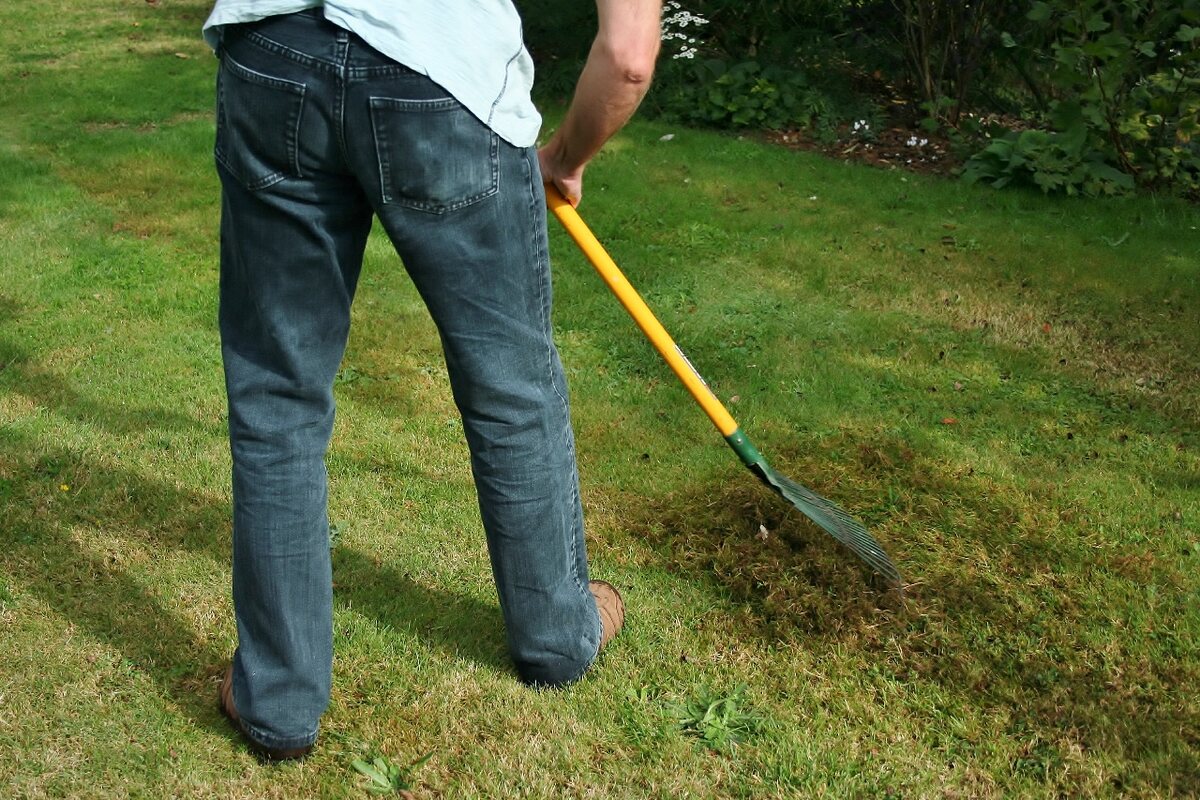

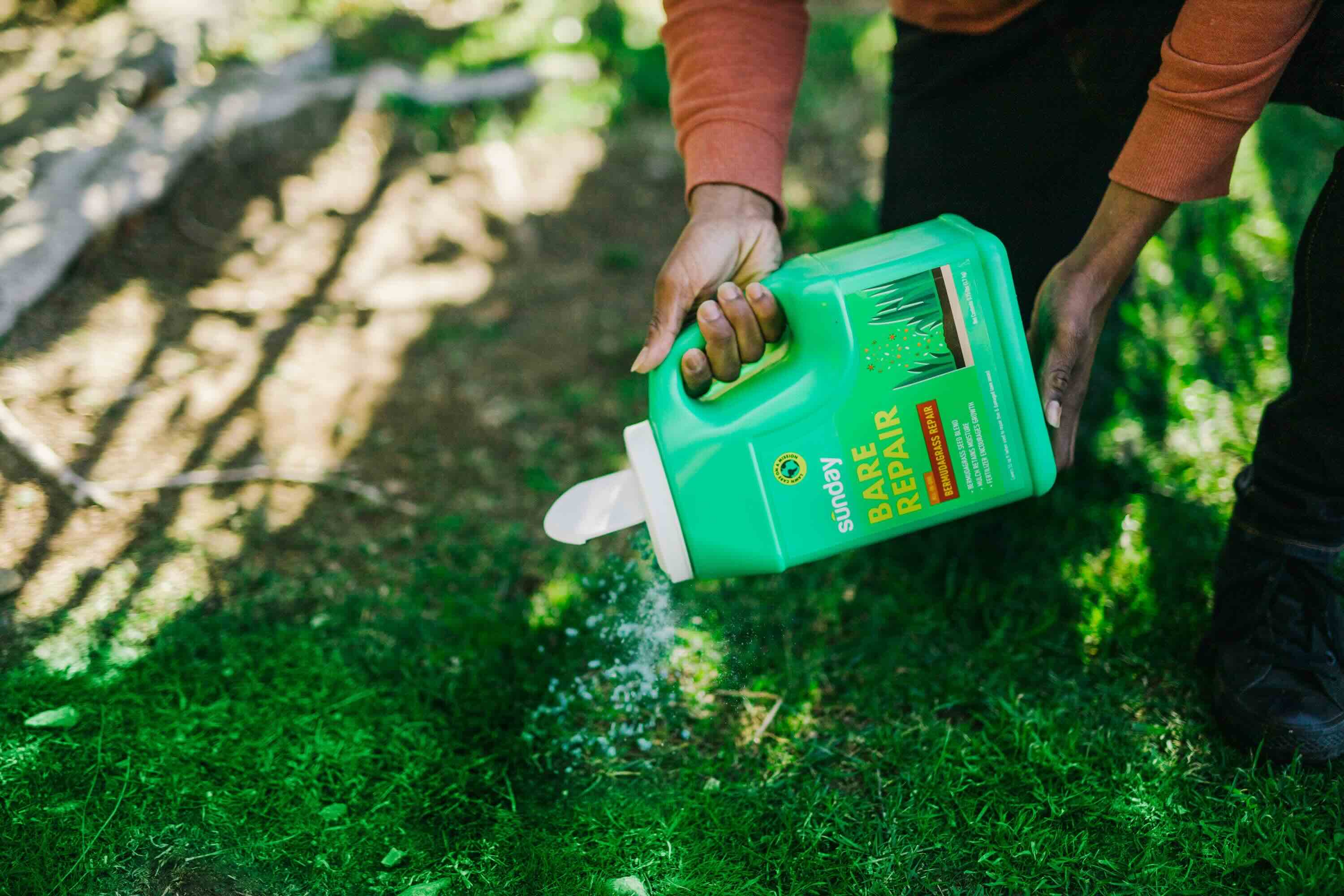
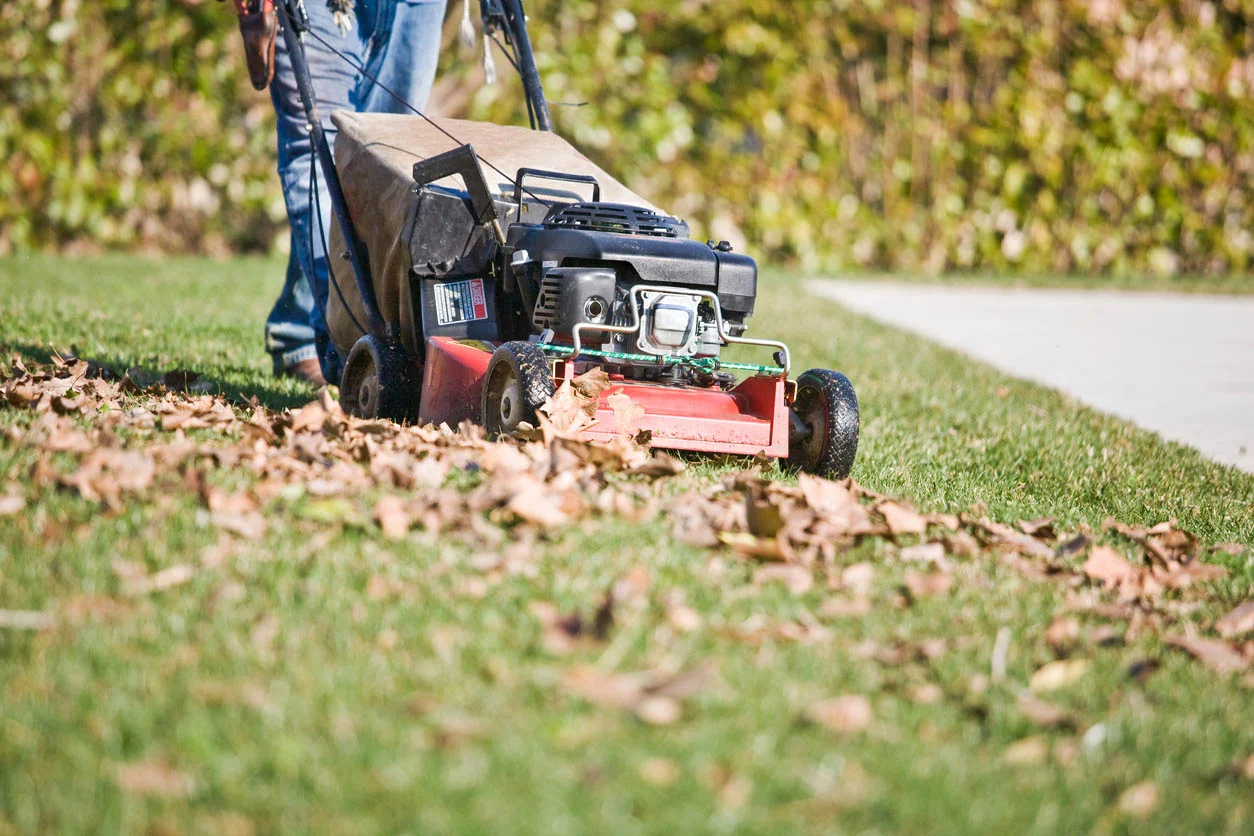
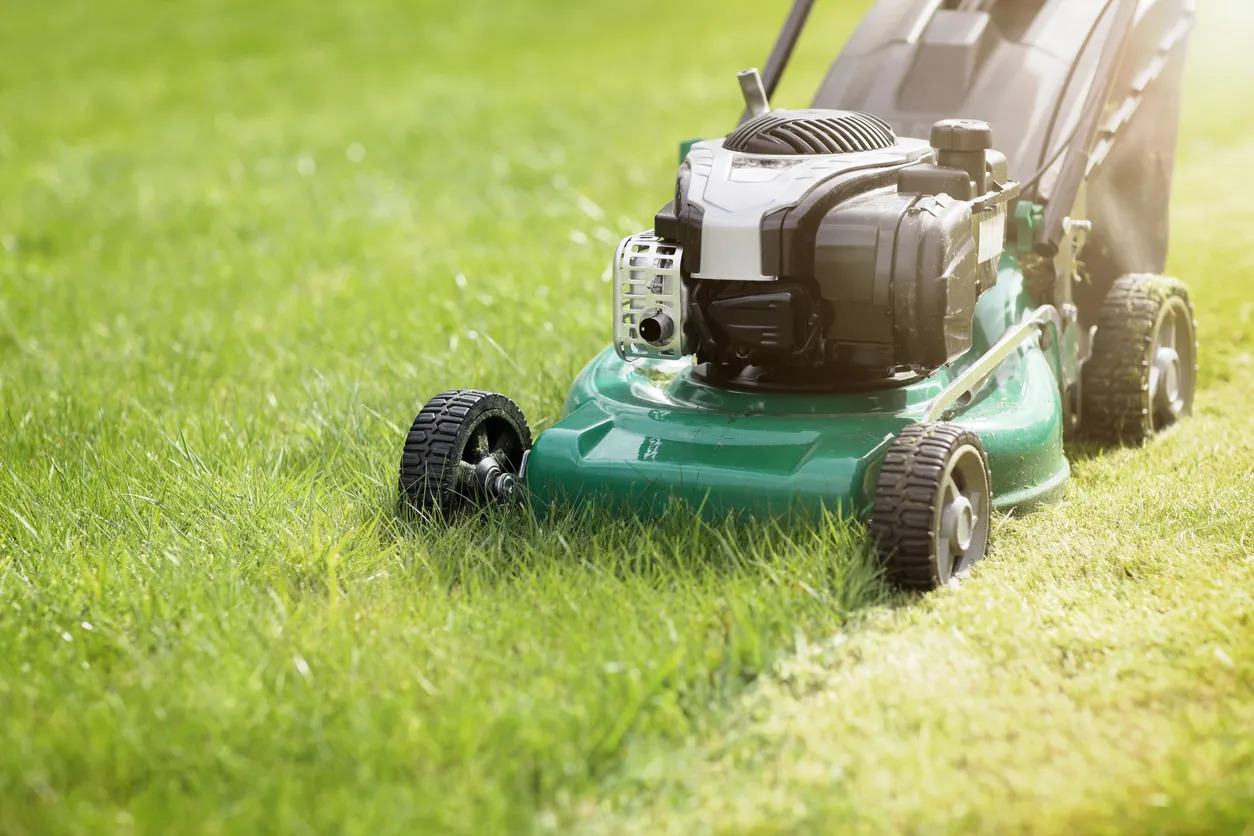
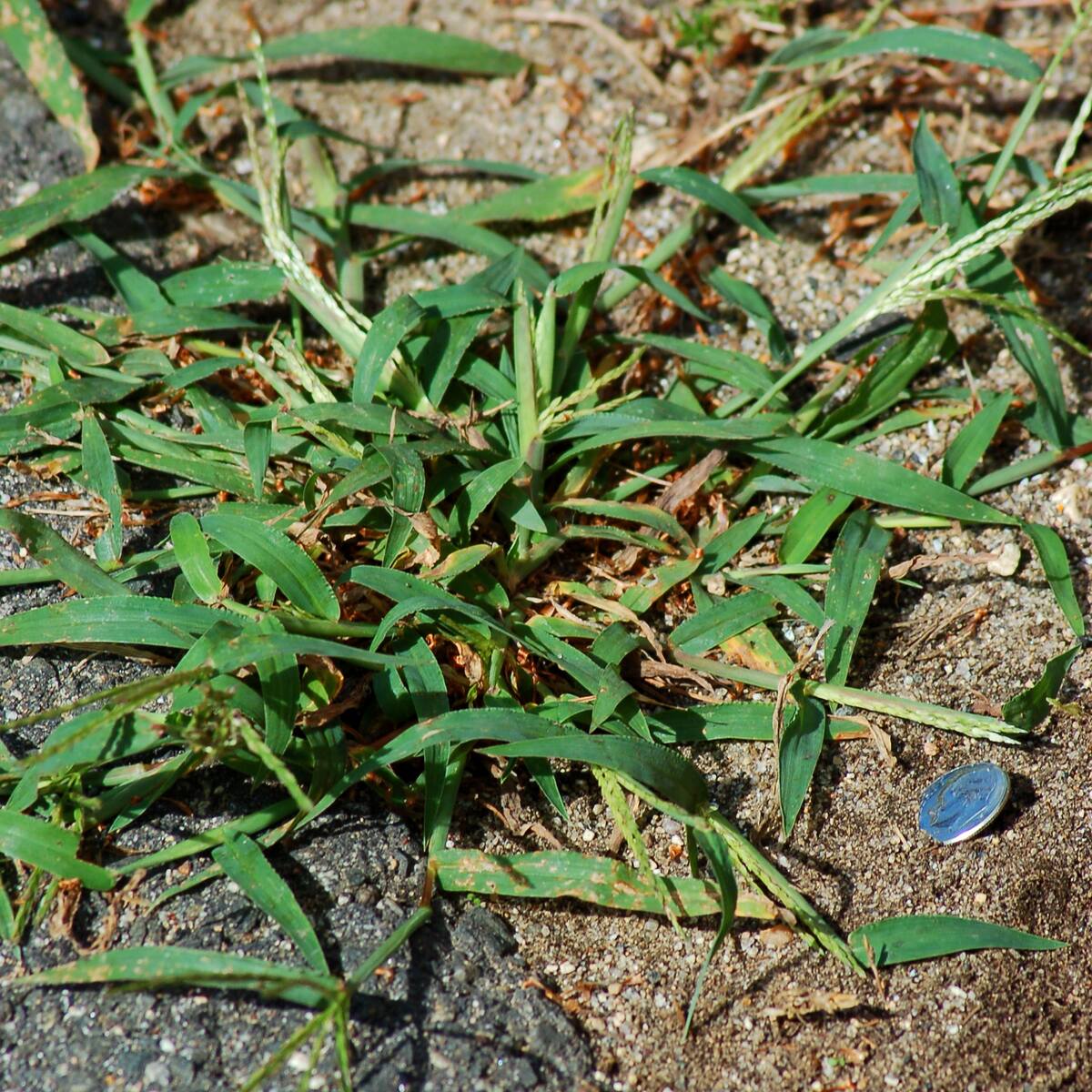
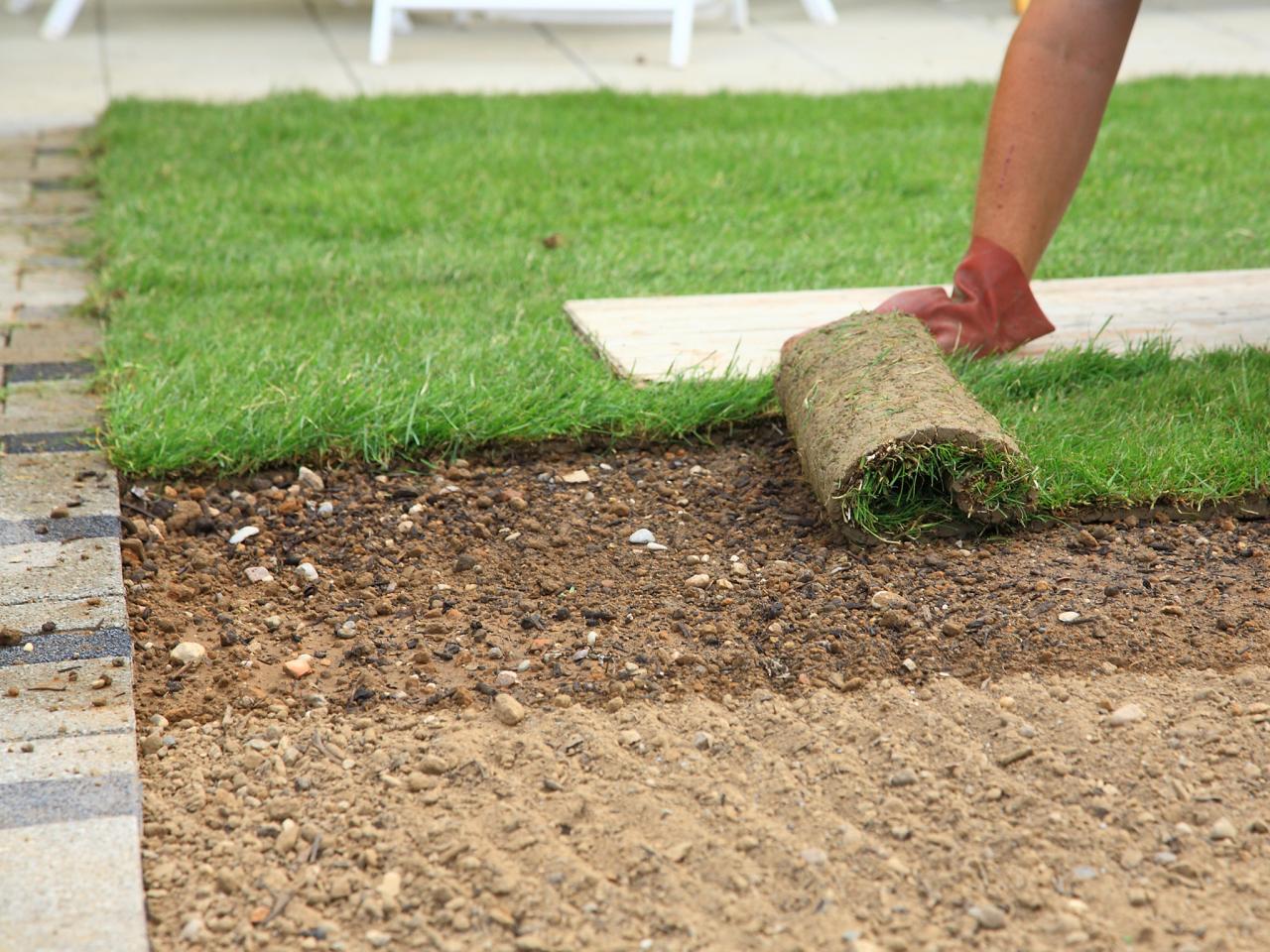
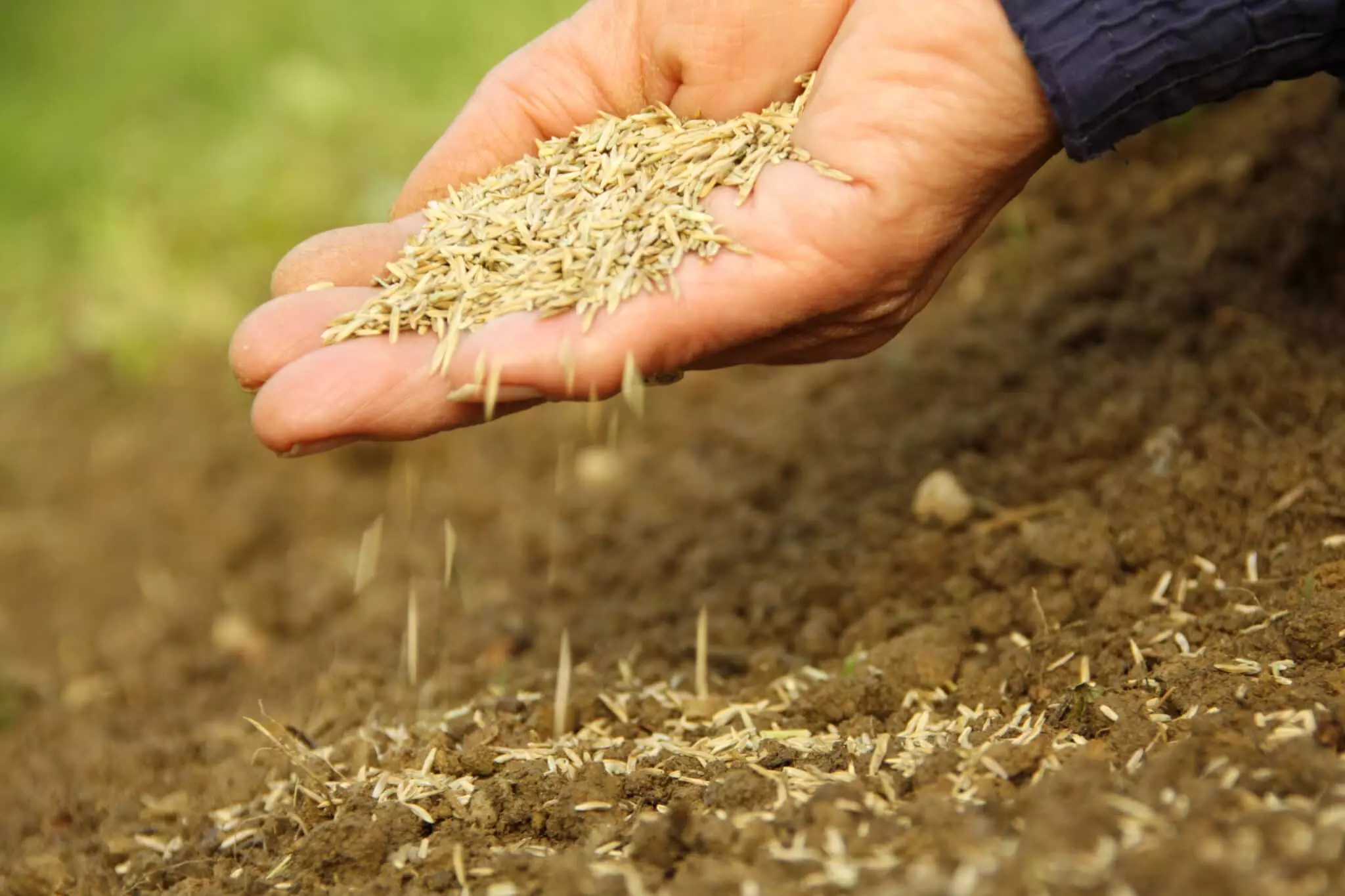
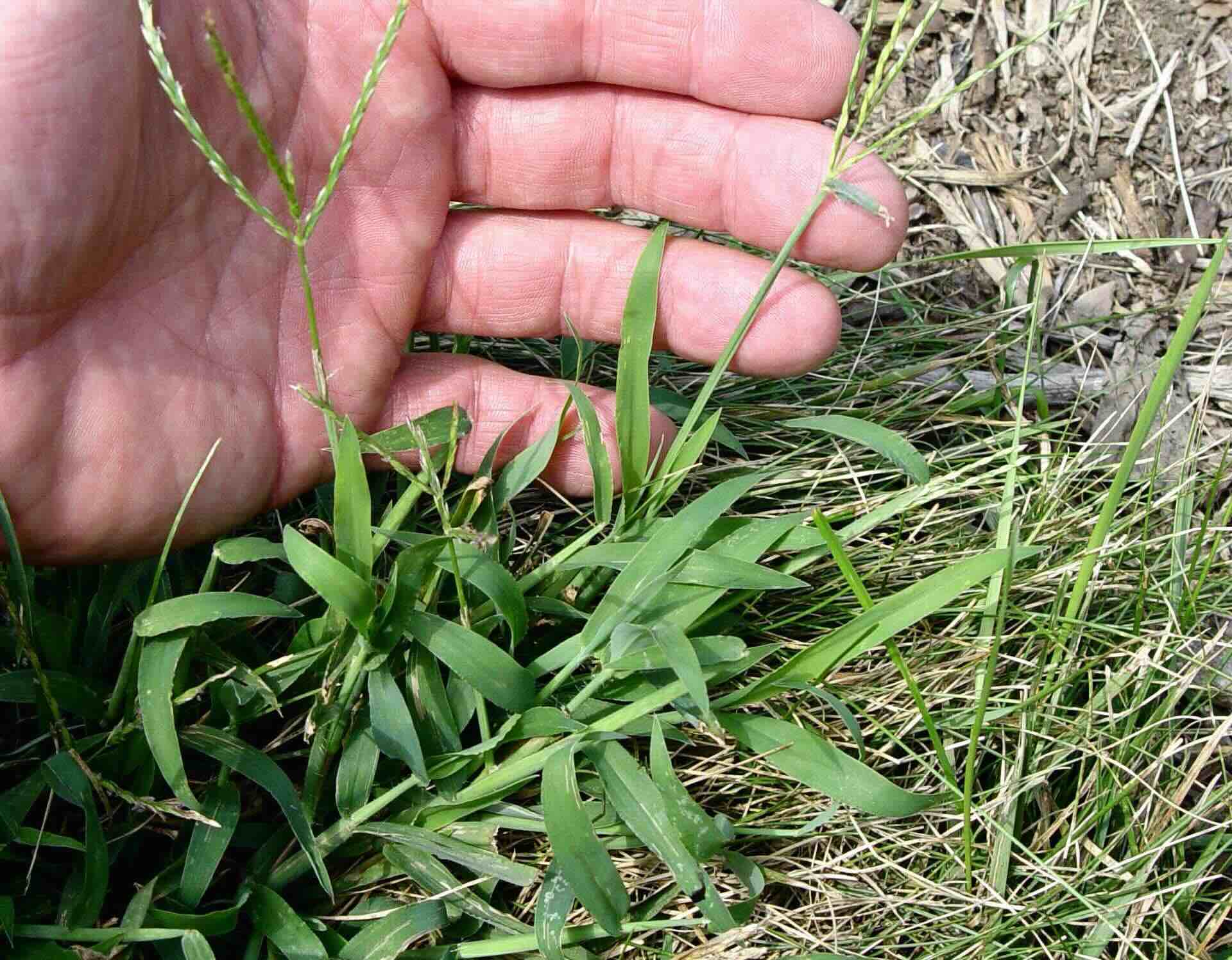
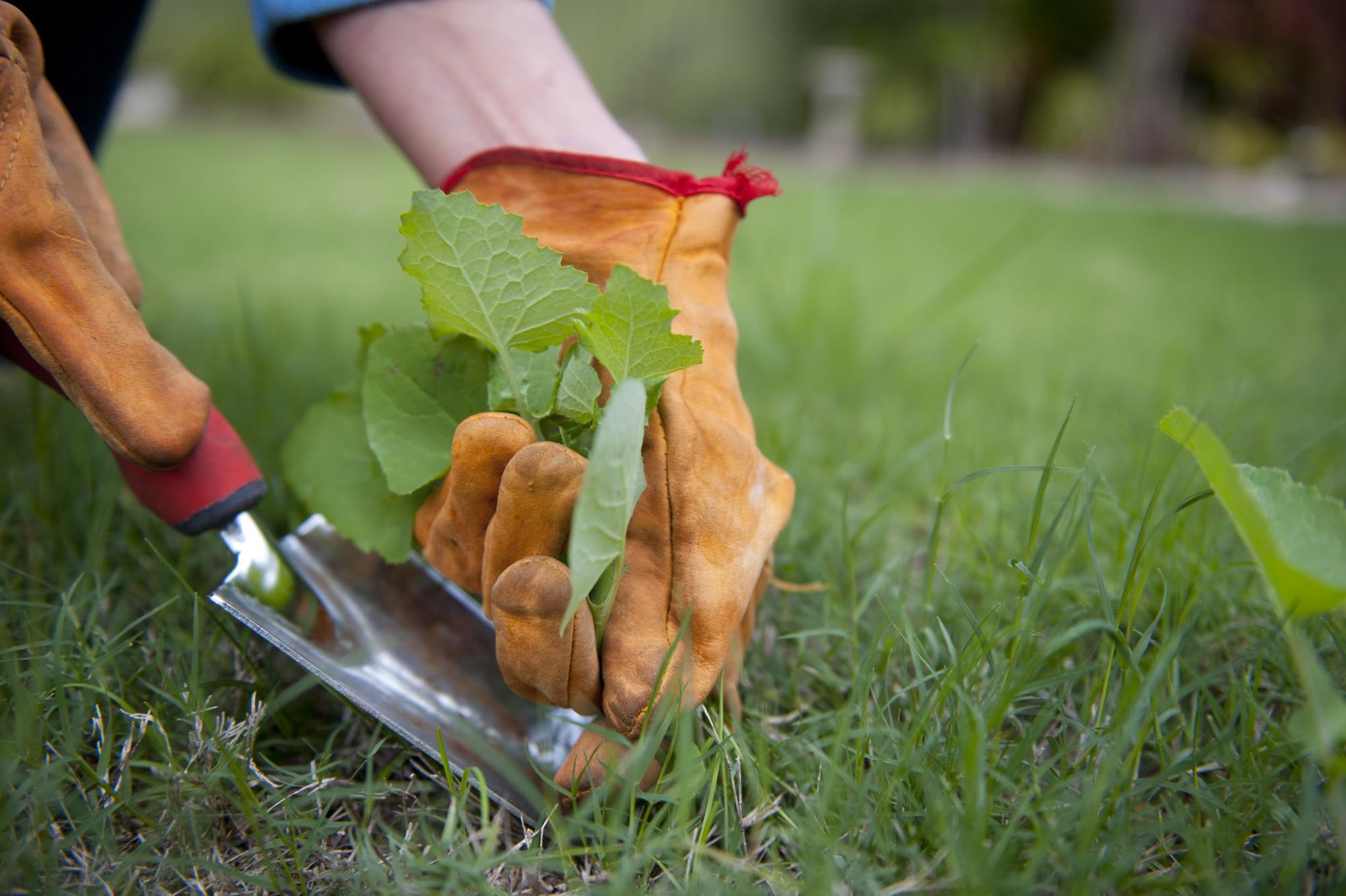
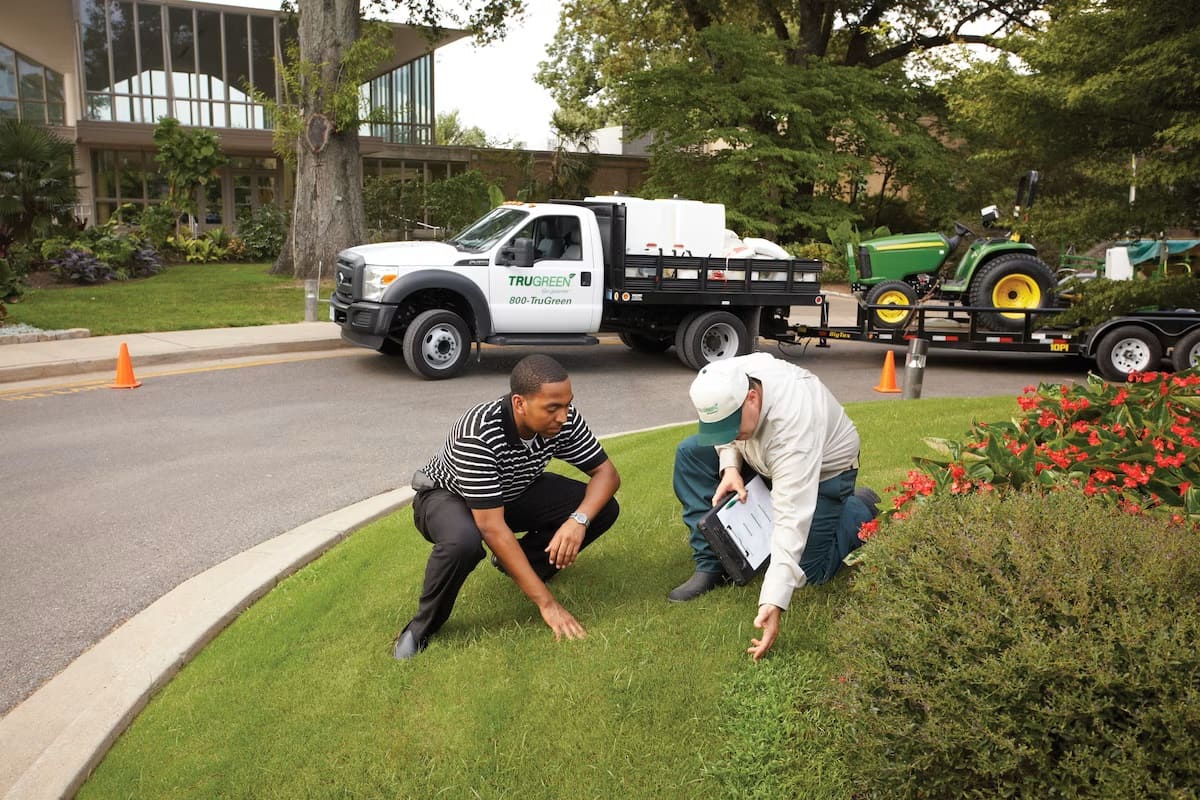
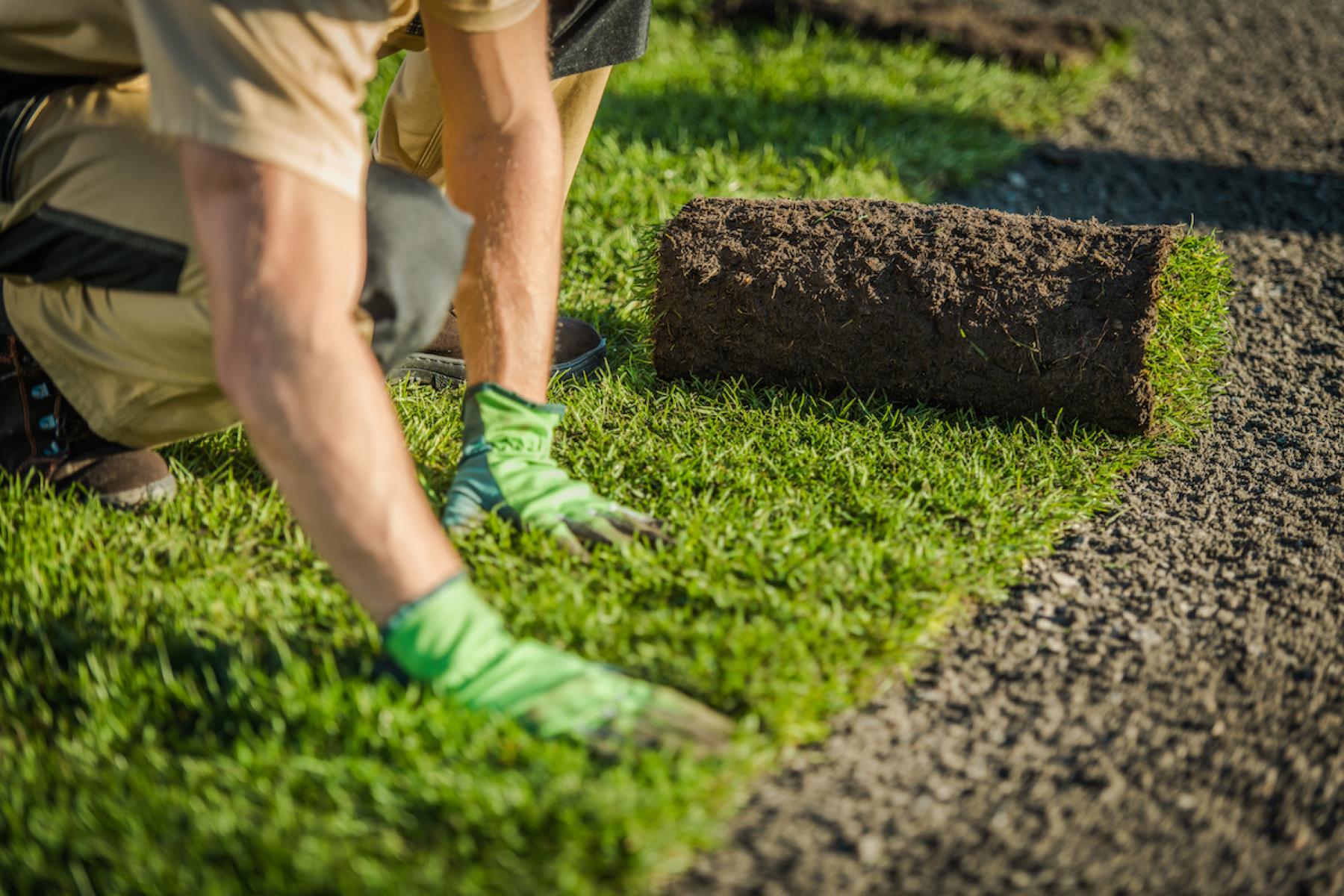
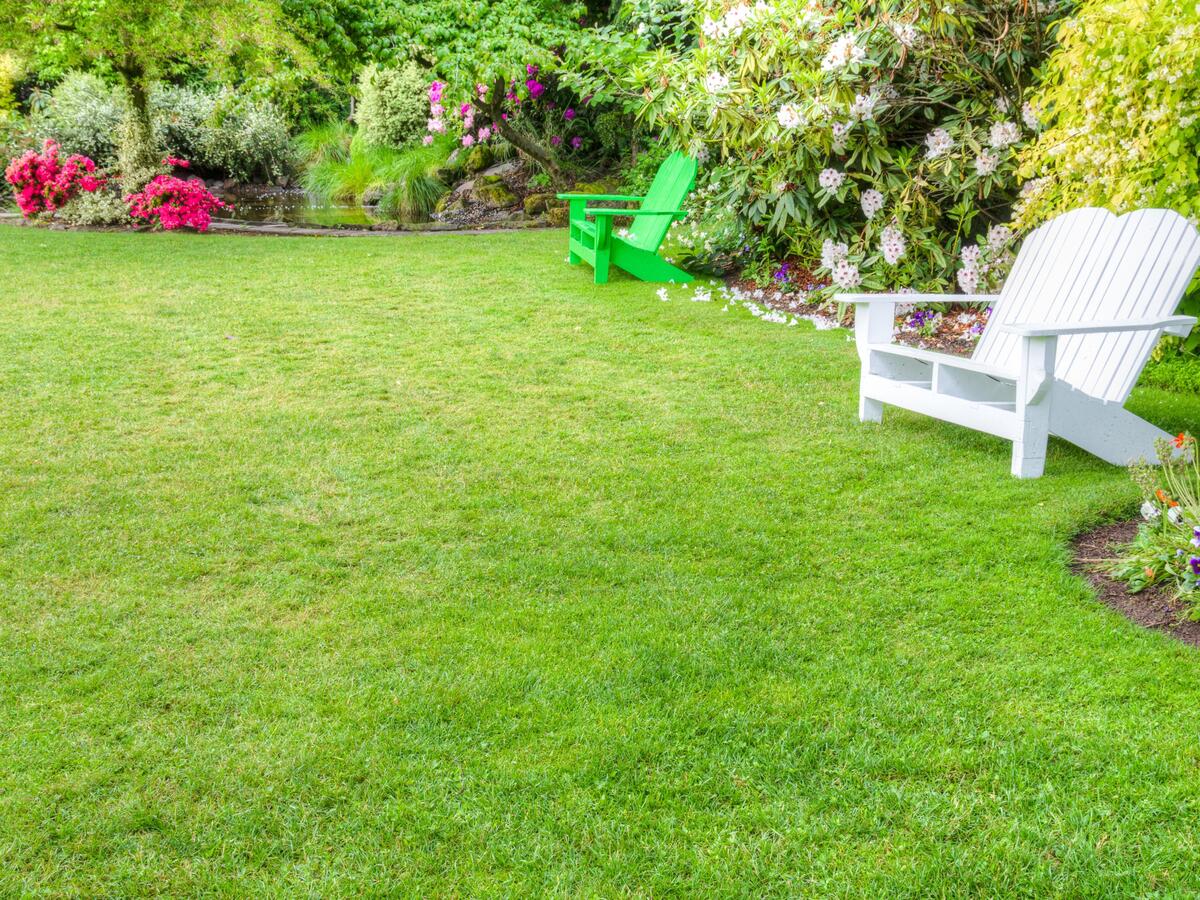

0 thoughts on “How To Repair Grass Lawn”